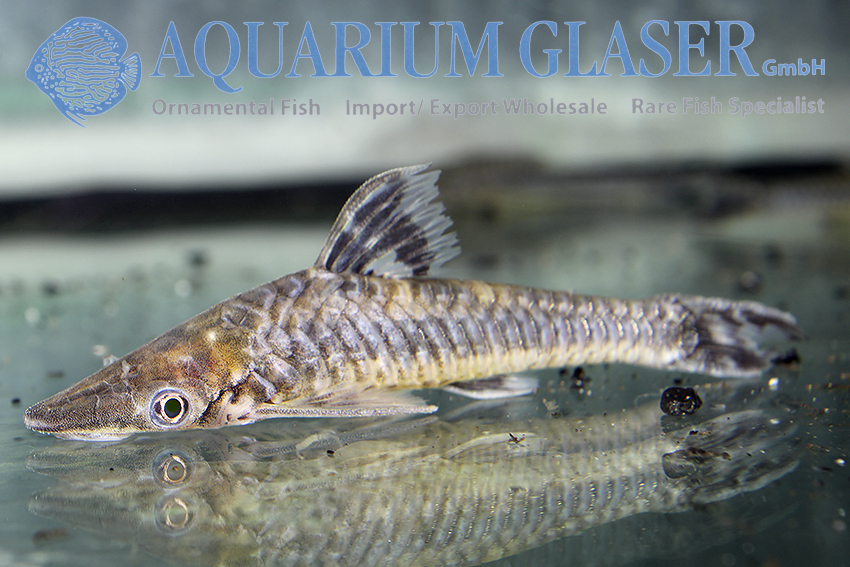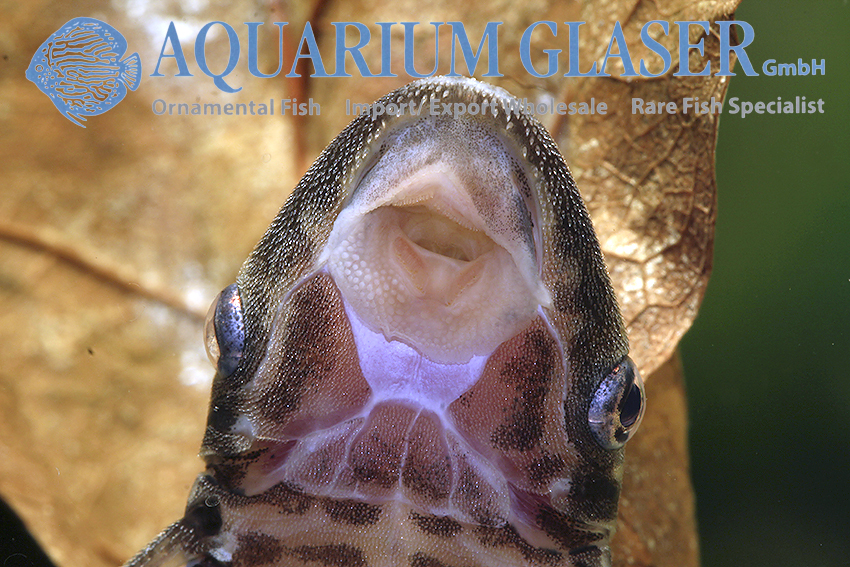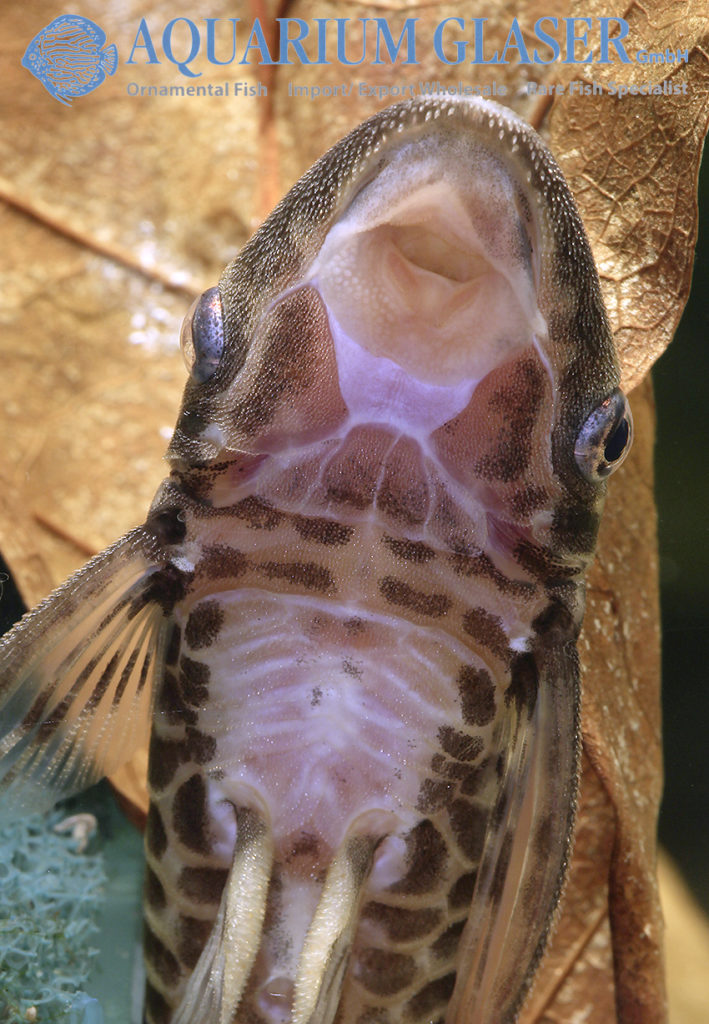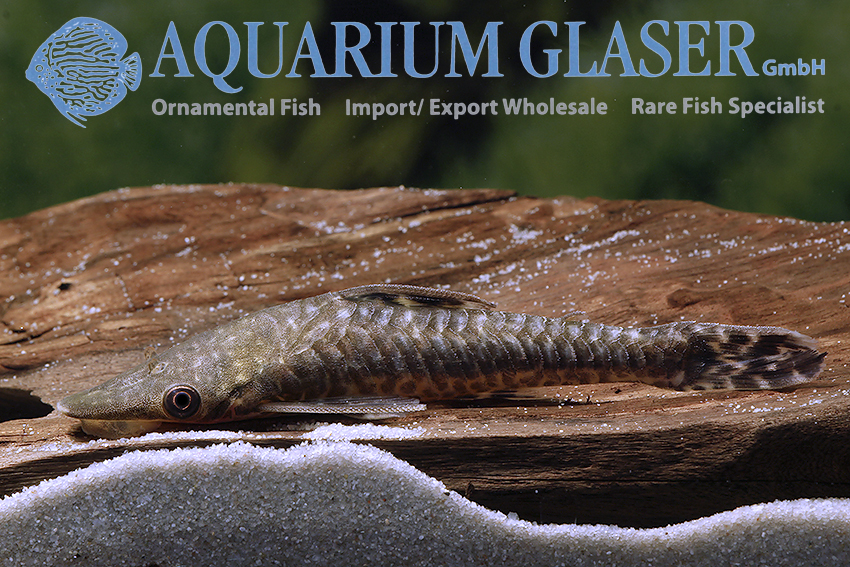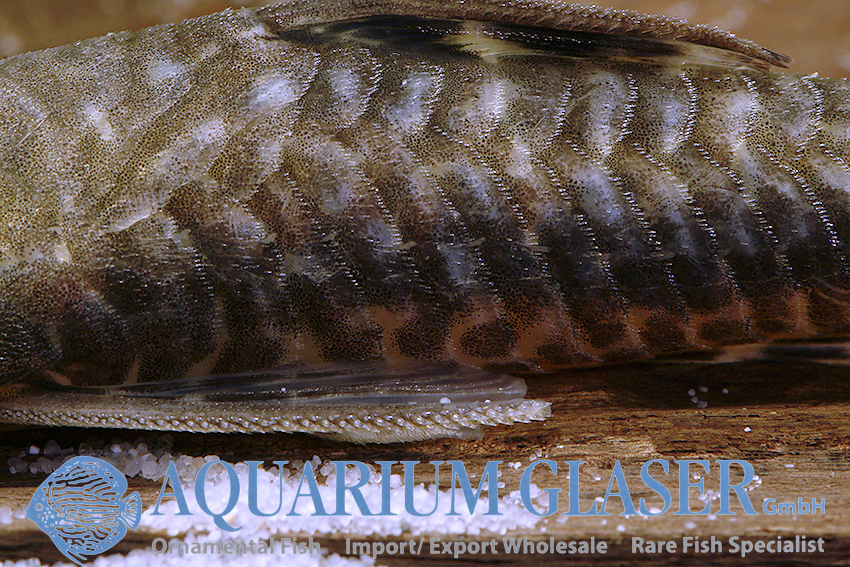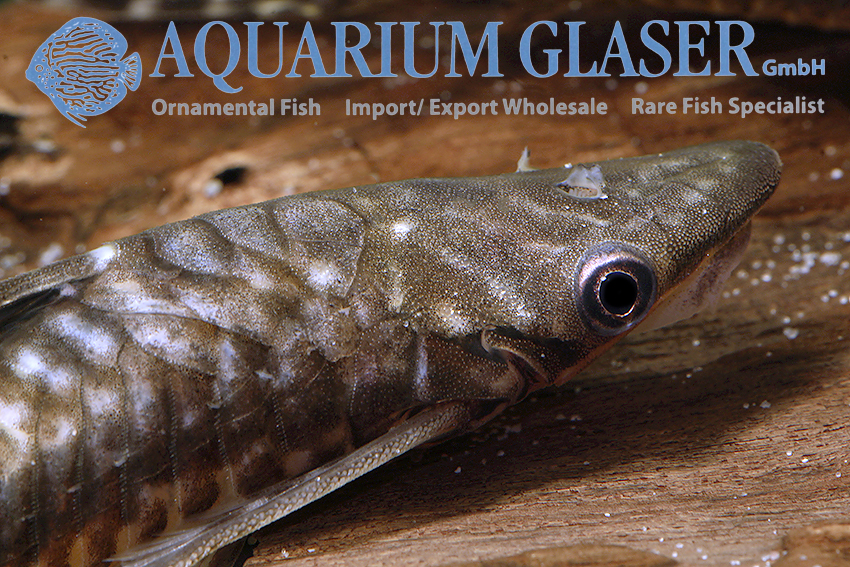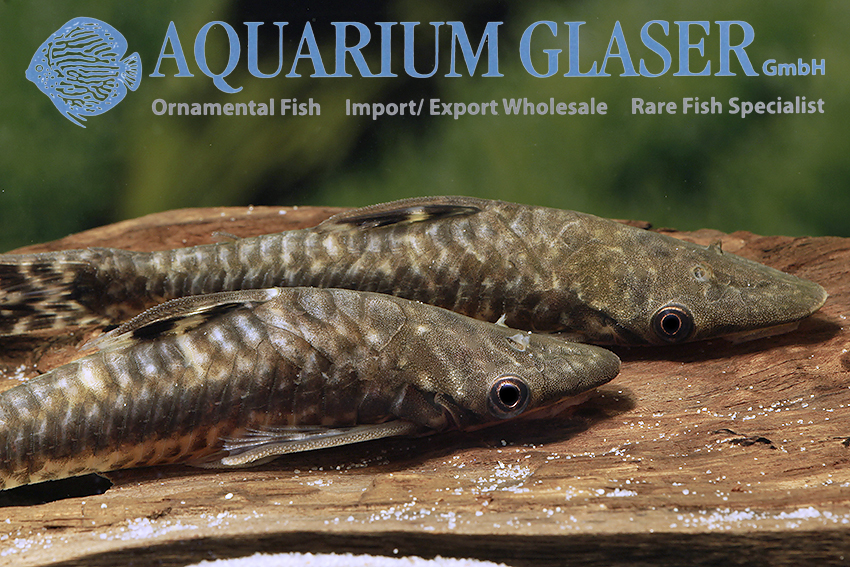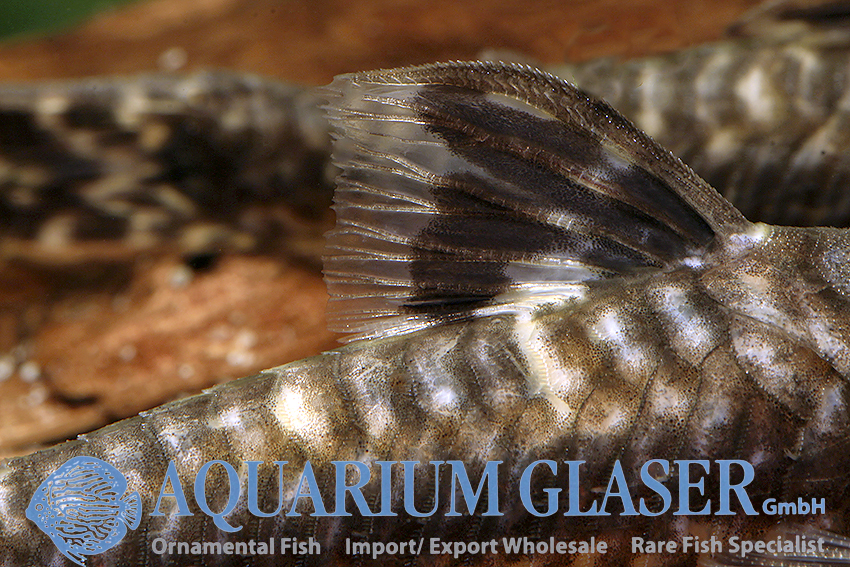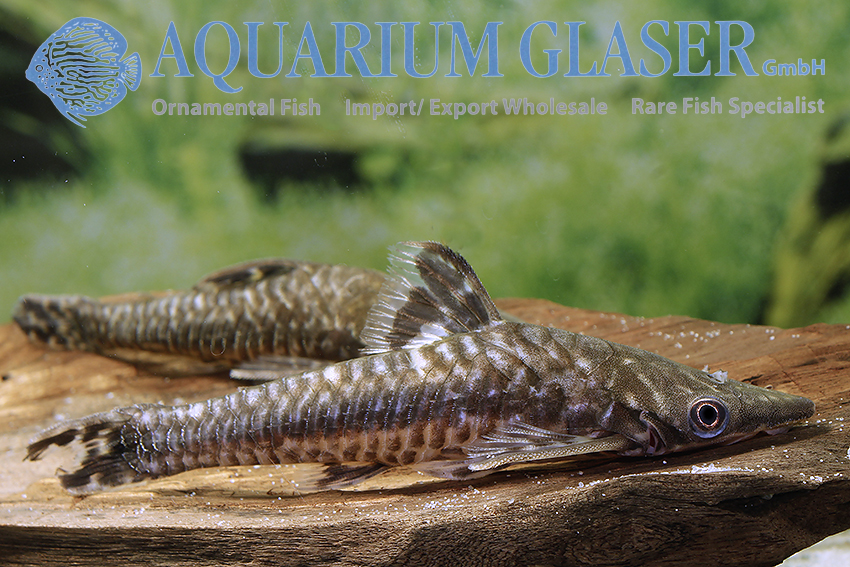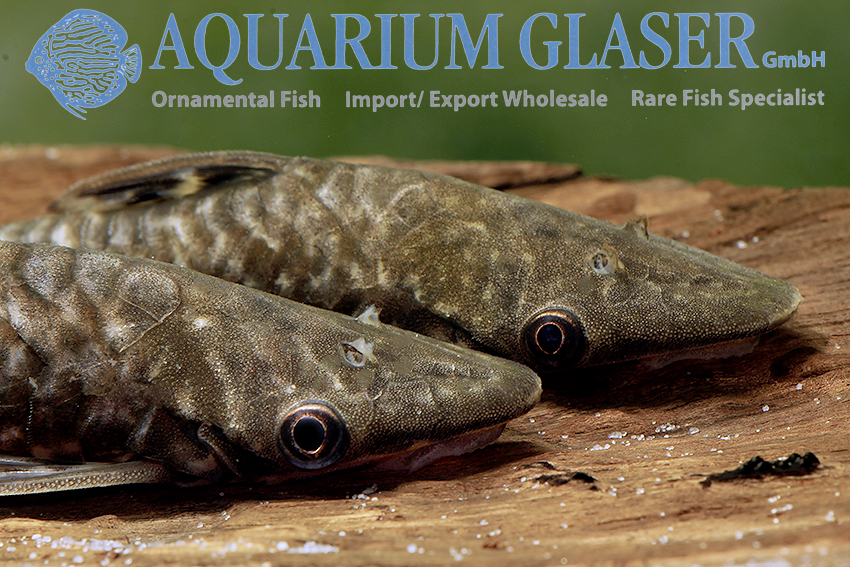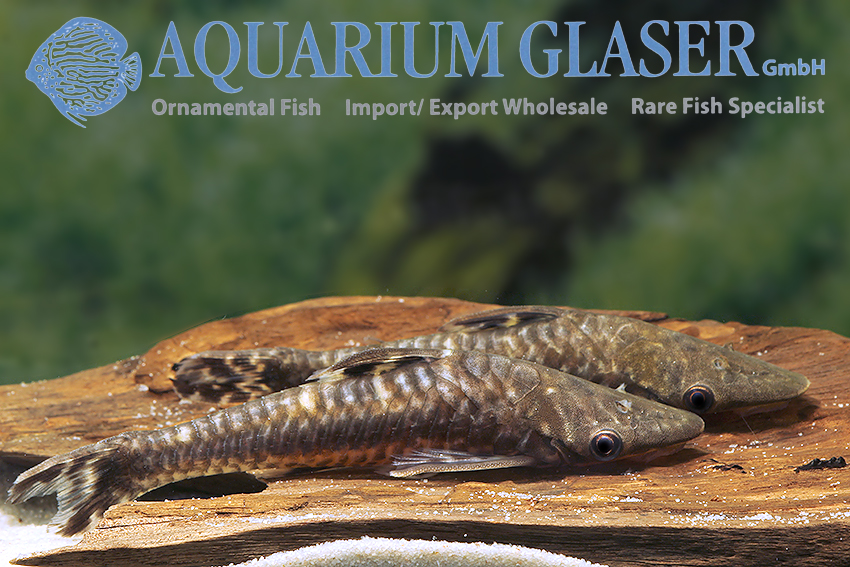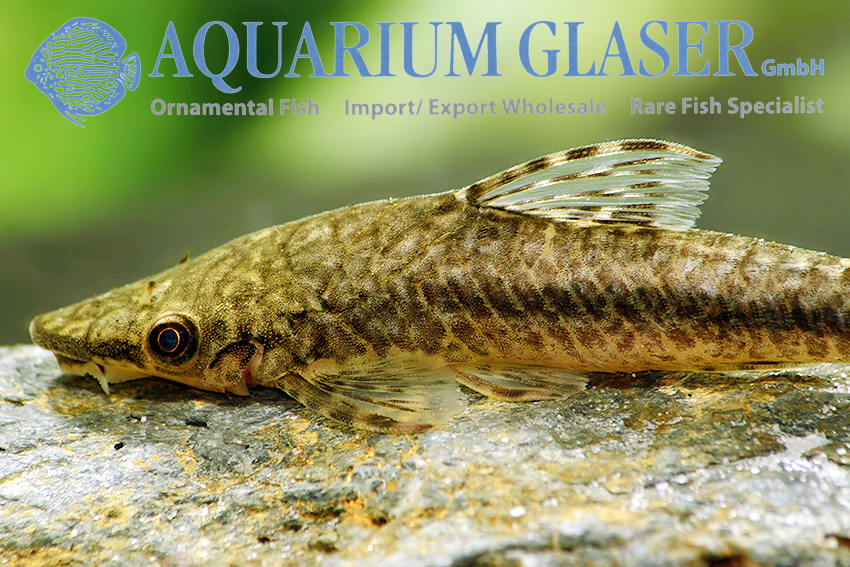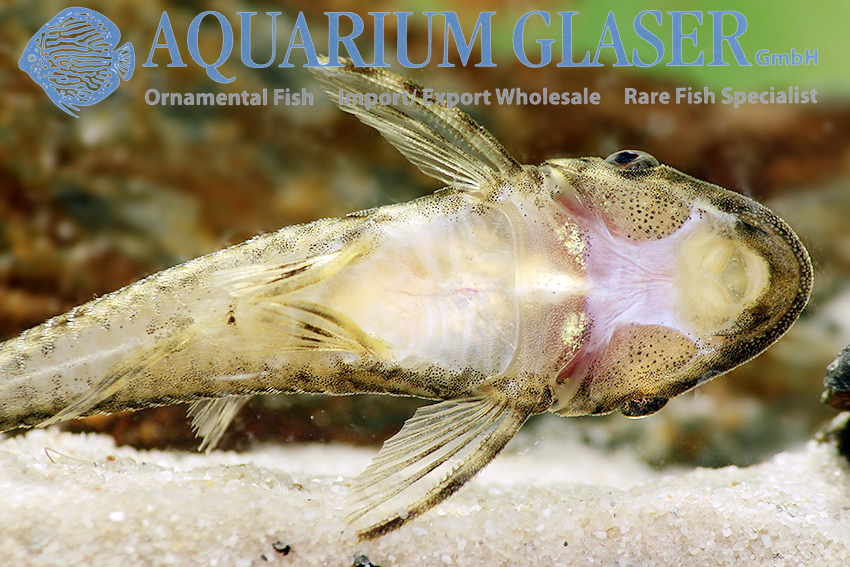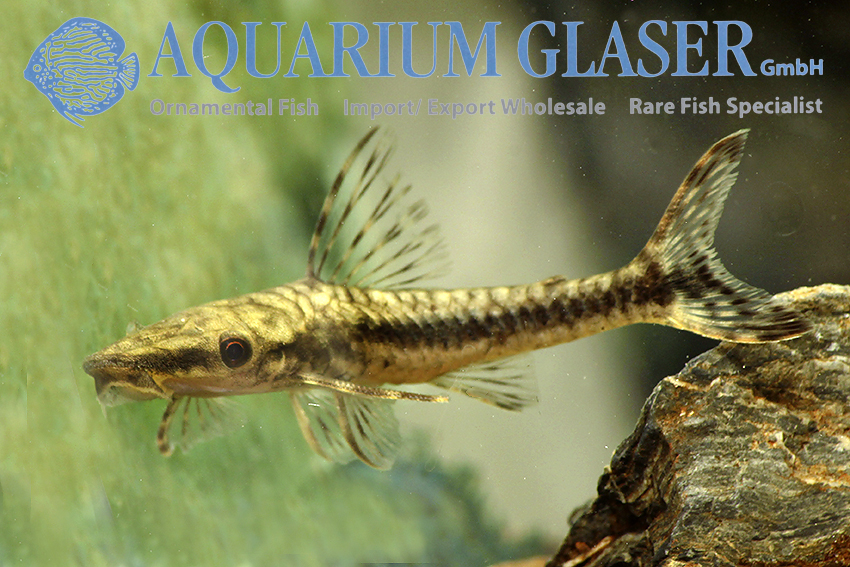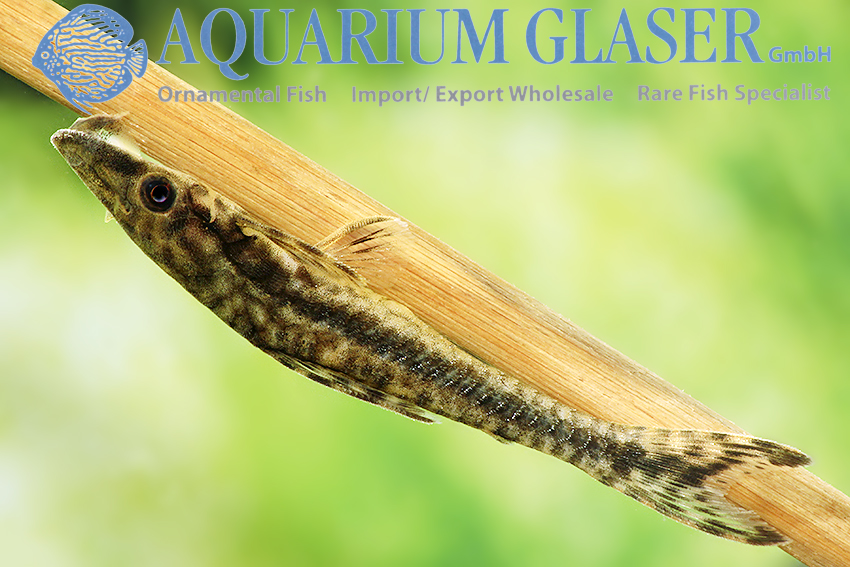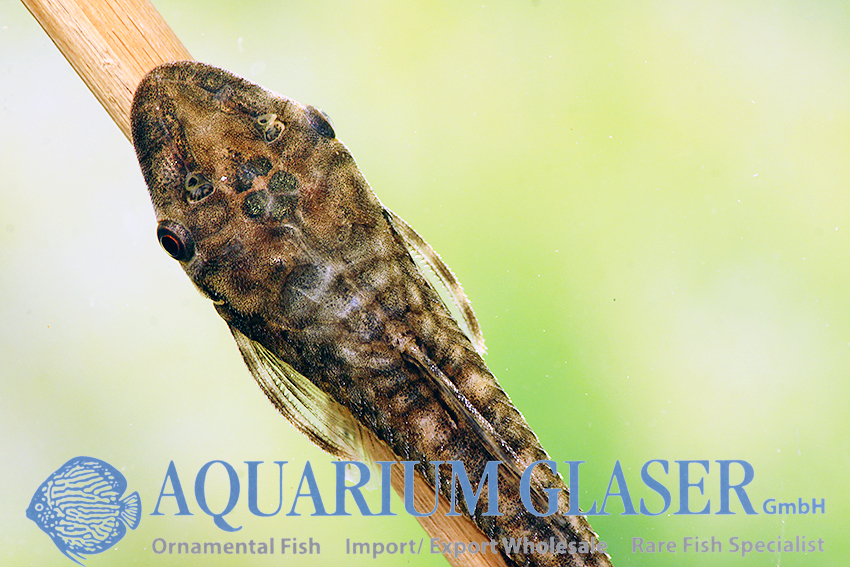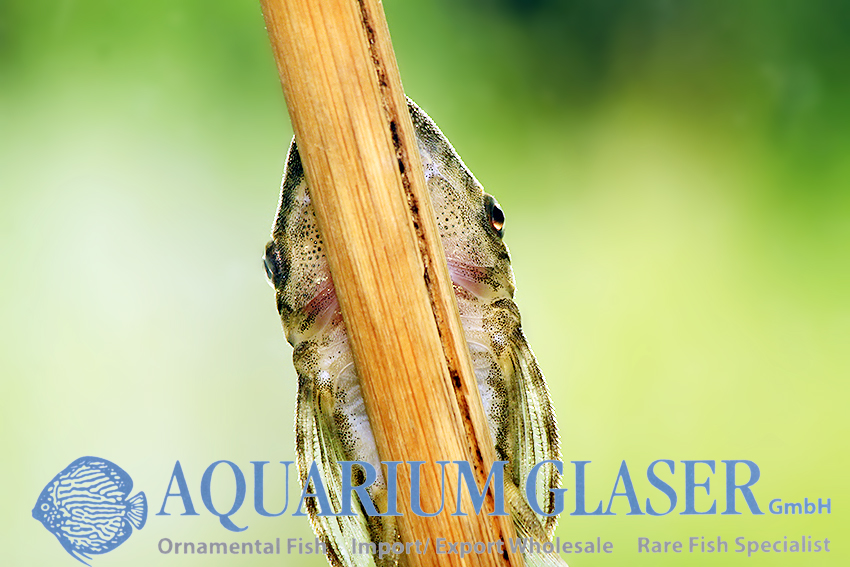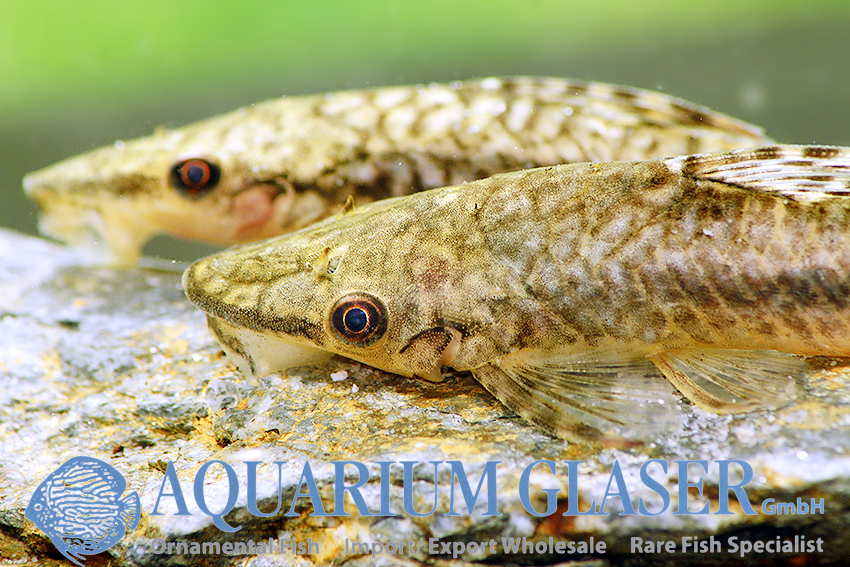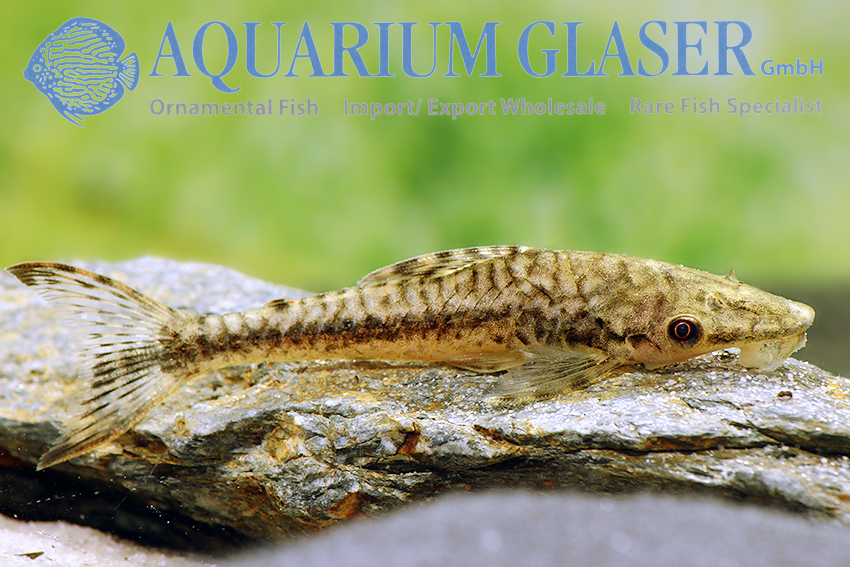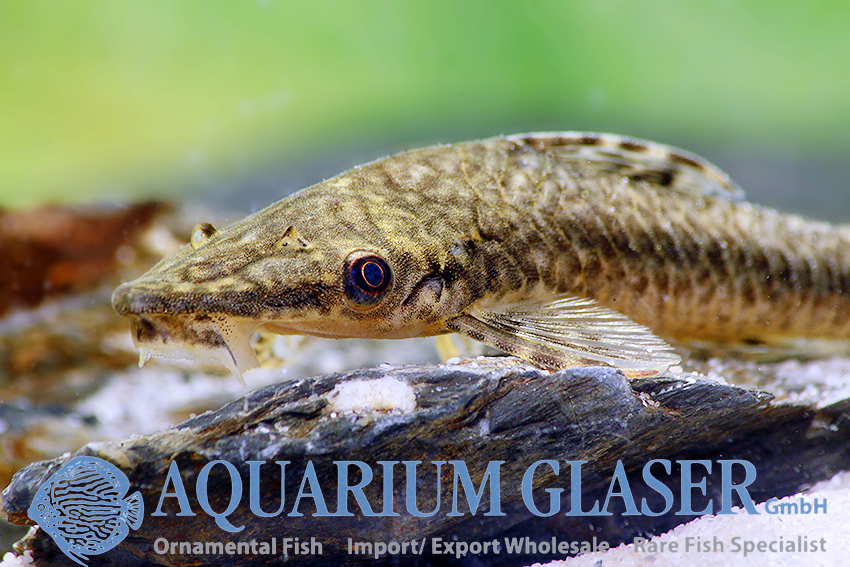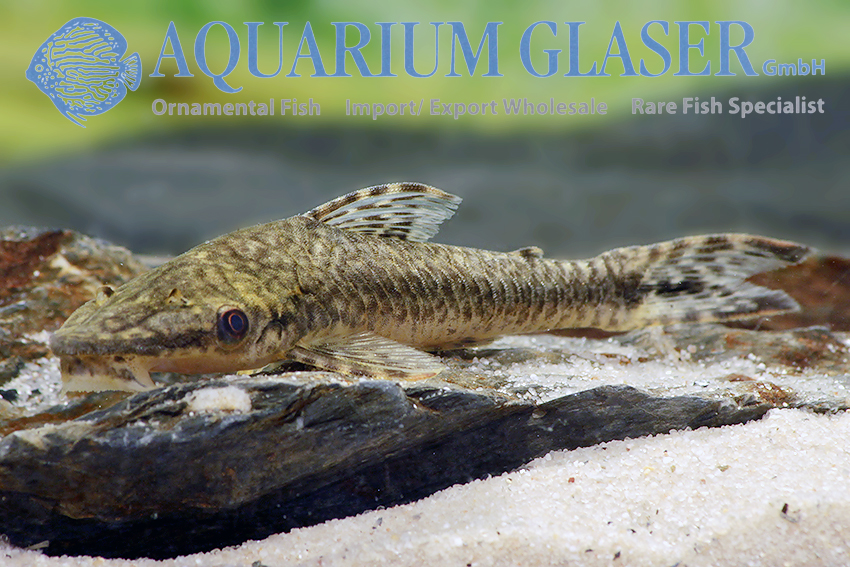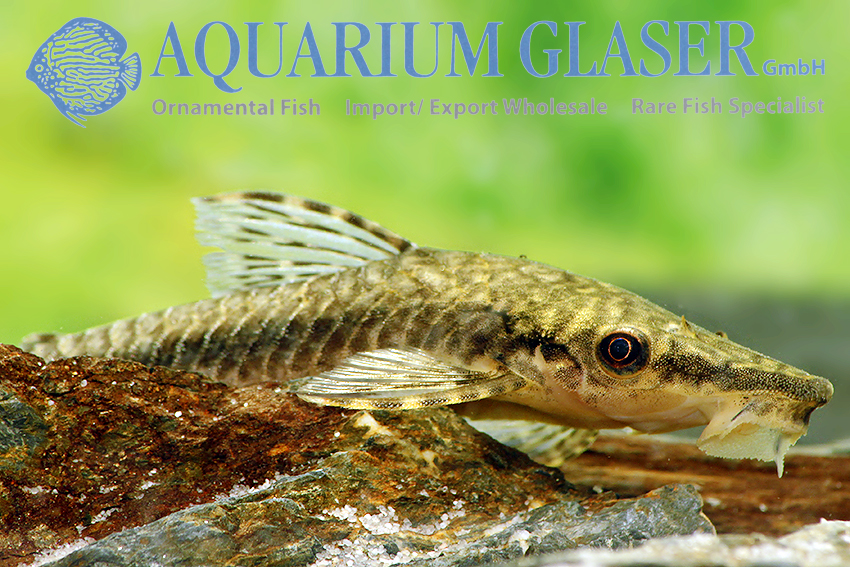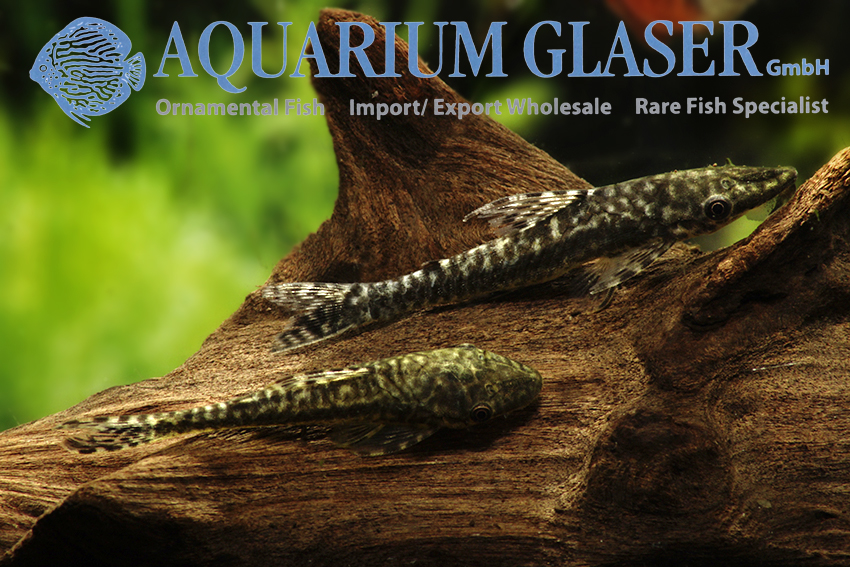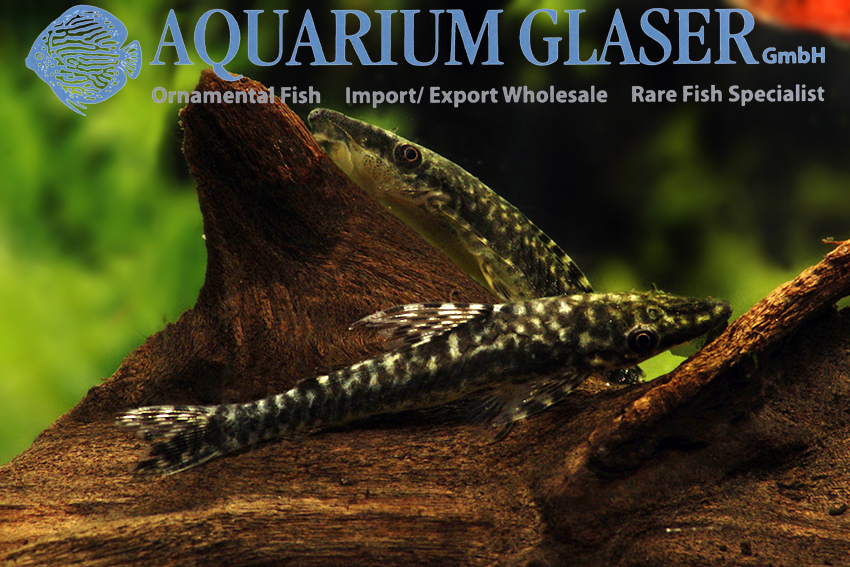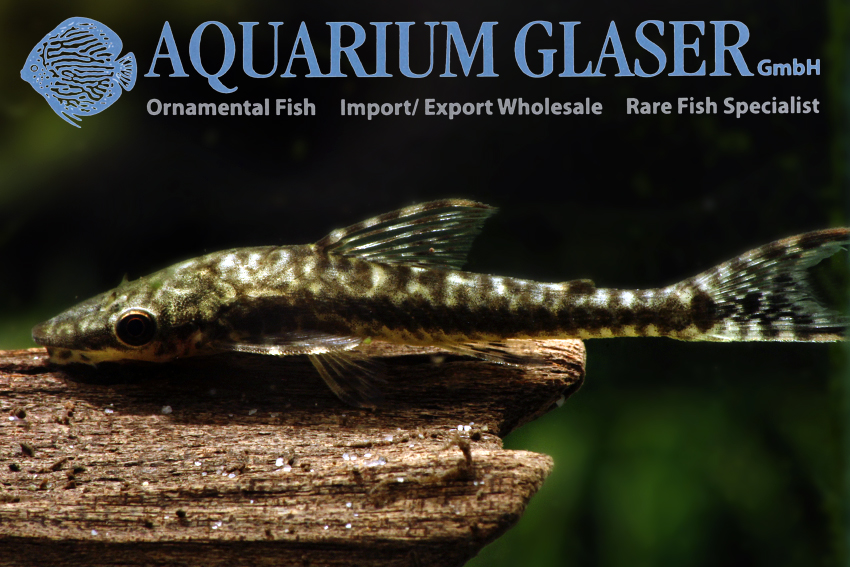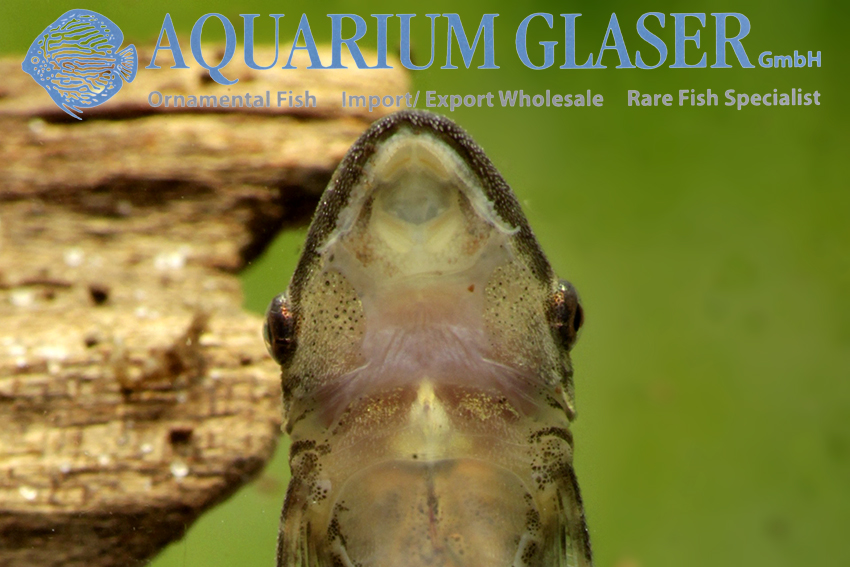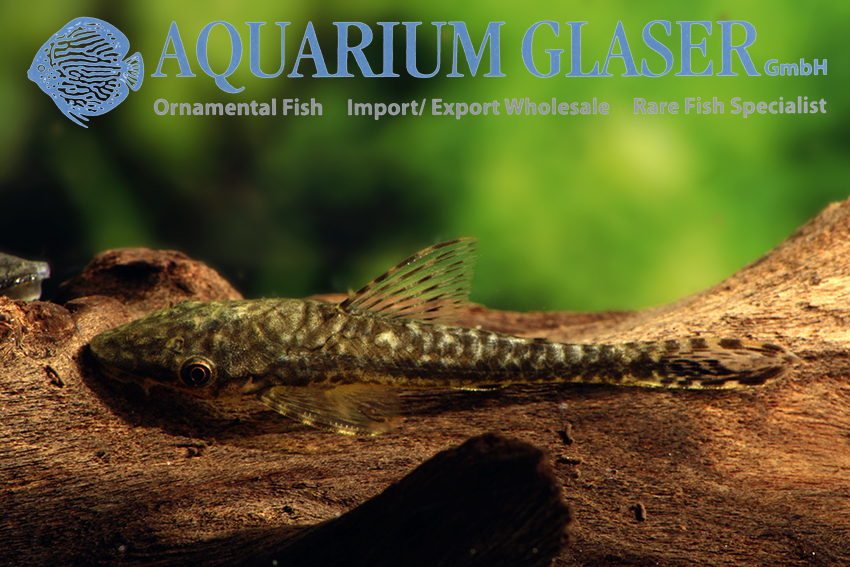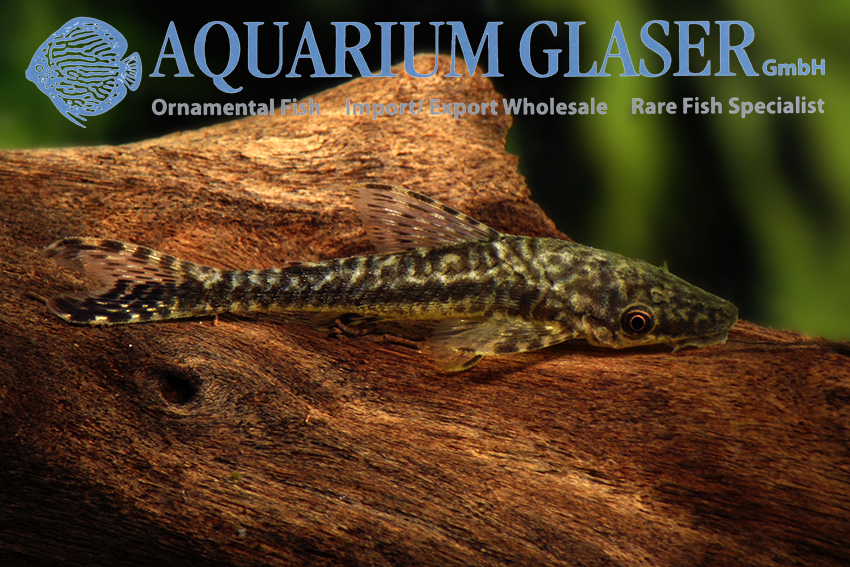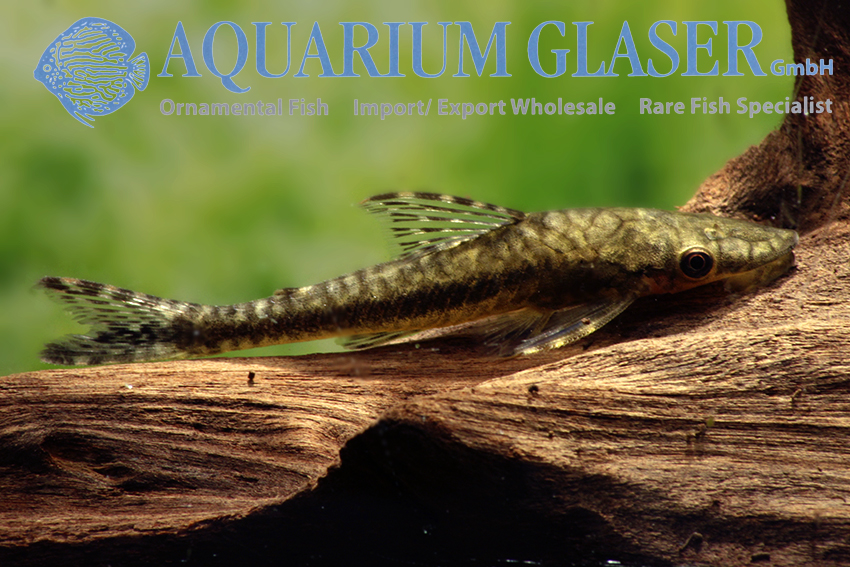From Peru we could import very nice Hypoptopoma. Most of the import consisted of H. gulare (see https://www.aquariumglaser.de/fischarchiv/hypoptopoma-gulare/), but there were some specimens with very conspicuous, broad bands in the dorsal fin and contrasting caudal fins. Unfortunately the identification attempt based on the current revision of the genus (Aquino & Schaefer, 2010) did not give a satisfying result and new species have not been described since then. However, the species is already depicted, mostly under the name H. sp. III, with the remark that the origin of this fish is unknown or that the locality is “Brazil”. Since we now know that this species comes from the Rio Ucayali in Peru, we have designated it with the corresponding information.
According to Aquino & Schaefer the species Hypoptopoma bianale, H. steindachneri, H. gulare, H. thoracatum, H. psilogaster and possibly also H. brevirostratum occur in the Rio Ucayali. Our fish does not fit to any of the mentioned species, so that it is probably to be assumed that it is a scientifically still undescribed species. According to the few data in the aquaristic literature Hypoptopoma sp. Ucayali (= H. sp. III) becomes 10-12 cm long (total length, thus including tail fin). Our import fish are currently 5-7 cm long, so they are just half grown.
For our customers: the fish have code 262315 on our stocklist. Please note that we only supply wholesale. Only available in very small quantities!
Text & photos: Frank Schäfer





